Our mace shaped COVID-19 enemy and its mutations merrily popping up around the United States, ironically has opened up new possibilities for inching beyond the grimy confines of industrial capitalism to new modes of work, learning and being that were initially promised by technocrats at the dawn of the Internet/World Wide Web. Indeed, the Pandemic of 2020-21 (Pandemic) revealed that remote education and work was feasible easing; for example, the pollution that filled the air with the exhaust from automobiles, buses, aircraft and idle factories.
Further, telemedicine was catapulted from mere novelty to reality as the medical community realized that simple follow-up appointments did not require brick and mortar (B&M) office visits. Corporations like Amazon saved billions, according to CNBC, on travel expenses by halting the practice of needlessly sending employees to conferences and trade shows that could just as easily be conducted online. Families were forced to spend time together maybe getting to know one another better. Businesses that survived during the Pandemic were forced to make hybrid arrangements for employees so they could care for their children while staying physically distanced from the workplace. Americans had time to think in isolation and perhaps, for a moment, they became bored with all the technological gadgets and networks that blur, rather than educate.
Was it really all that bad? Can’t the nation wean itself off of industrial capitalism? Do we have to go back?
Yes, no doubt, suffering was real. Millions went unemployed and the destruction wrought by the Pandemic was revealed in the numbers filing for unemployment claims, food assistance, rent/mortgage and student loan forbearance. Homelessness increased. Surplus labor skyrocketed. Indeed, according to the human resources consultancy Adeccogroup.com, the top five jobs set for the post-Pandemic chopping block are in higher education, sales, administration and office support, construction, air travel and the hospitality industry. What now?
Never Forget
It was in this that the Pandemic exposed the sheer ruthlessness of American industrial capitalist governance and its homicidal policies. Even as 500,000 Americans died from complications of COVID-19, Americans would watch as the US government—through its elected representatives, simply told the people to go pound sand. Watching the mostly wealthy entrenched ideologues in the US Congress bicker, or vacation, while COVID-19 was causing America to eat itself has to stand as one of the more sickening events in American history. Indeed, stock prices soared at many points during the Pandemic even as a modern day plague ravaged the land.
No one should ever forget it.
The Pandemic caused American government to buckle on its knees. It was a horrific structural failure and the wreckage is there for all Americans, and the world, to see. It is there in the COVID-19 KIA body counts, a flimsy healthcare system ravaged by privatization, logistical impasses in transporting vaccines and, in the midst of it all, the US Congress—while in session affirming the electoral vote count for president Joe Biden—was overrun by an ignorant mob. And now those at the apex of industrial capitalism, here in the United States, and those at the bottom of it, want to move back to the standard industrial model that has left a path of death, suffering and waste in its wake. “Build Back Better,” US president Joe Biden says. Back to what?
Yes, our deadly friend COVID-19 showed that Americans are made of the stuff of ignorance, fear, complaint and irresponsibility. The Pandemic caused Americans not to adapt and put on a brave face, but rather exposed the flimsy myth of America as exceptional. Oh, first responders and frontline medical workers have great courage, of course, and so do many US soldiers that experience combat, but those individuals are small in number in a nation of 335 million people.
It is strange that the Pandemic pushed the Internet/WWW to be used for what it was initially meant for: research, learning, work, and video/voice communication in a time of isolation. It was a far better use of the medium as opposed to 24 hours news casts, Tik-Tok videos and perpetual head-down positions required by the handhelds; all accompanied, of course, by loud, tractor-pull mutilated language or techno pop. With 100 places to turn for electronic stimulation— and the fear of missing a call, video or text—it’s no wonder attention spans for the young and old have become so irreparably damaged that recalling sentence number one at the end of a four sentence paragraph is a challenge of the highest order.
Lobotomy Please, Not Reality
But perhaps there is a ghost in the machine type of logic to it all. The network connected American has come to forget in the evening what was purchased in the morning. It is certainly good for business. History is what happens in the future, not the past. The past needs to be wiped away so the future can appear. The unintended use of the Internet/WWW and communications technologies/gadgets, have caused in-depth, critical thinking to be wiped away in the United States. The Pandemic has shown that Americans do not want to slow down or spend time apart from their handheld which is, of course, connected to the Internet/WWW.
With the Internet—the cables, links, routers, switches and other machinery upon which content (voice, images, video, text, software) travels the World Wide Web, Americans became easily blinded into thinking that they were living out some novel, fantastical existence in a technologically sophisticated, forward thinking society. It was all cosmetic gloss, a techno-veil, one which we all donned because we really believed that by doing so we were moving in some direction to a sort of new American Nirvana.
It is tempting to refer to the artsy-tech movie The Matrix and the scene where Morpheus shows Neo that the world he thought he knew has been destroyed. “Welcome to the world of the real,” Morpheus says as Neo looks on and goes into shock, vomiting.
But the world of 2021 is no special effects movie.
Americans are eager to get back to the way things were, in their world of the real. To get back on the road to commute to work/school; that is, increase pollution, vehicle accidents. To be relieved of parenting, that is, using schools/teachers as a babysitting service and prisons for prepubescent adolescents and/or maturing teenagers. Why does the United States want to rush back into the B&M model? Consider building construction, or, better still, phrase it as building empty, wasteful spaces. Elementary and high school buildings remain largely empty during a 24/7, 12 month cycle (after hours they remain largely vacant). The sports fields, running tracks and basketball courts that accompany each structure are only partially used. The same can be said for sky-scraping office buildings that, over the same 24/7 hour, 12 month cycles, remain empty. Meanwhile, taxpayer funded sports stadiums are never fully used. It is reminiscent of cathedrals and mosques built at great expense on the backs of the poor that become tourist attractions more than places of worship. Or think about military bases, factories and housing projects abandoned, rotting away. These are the wasteful byproducts of industrial capitalism still existing and perpetually constructed in what is wistfully called “The Information Age.”
The Human Condition has hardly changed at all.
Warehouses for the Young
The Pandemic showed that the Internet—those land, seafloor and space-based communications networks, combined with the content and software of the World Wide Web (WWW), could be effectively used to teach students online, at home, and in virtual classrooms. As it is, America warehouses K-20 students; separating, or rather protecting them, from the messy society adults have created. Students are taught — what exactly? How to master a college entrance exam? To memorize Algebraic equations they will forget in a year?
The Pandemic of 2020-21, showed just how archaic B&M education is. Let’s face it, isn’t distance learning/work the way the United States was supposed to evolve even minus COVID-19?
Prognosticators claimed the greatest technological powerhouse on the planet was going to push ahead building pipelines to carry and host vast stores of knowledge content via the Internet and WWW for learning. No more bulky, out of date textbooks. Students, parents, teachers and local-state-federal government officials (in that order) would work together to develop an educational plan based on the student’s primary interests which would likely be demonstrated by 12th grade, perhaps, with second and third interests in the pipeline if the student’s subject matter area changed.
Course tracks would be customized by downloading, largely free, content from the WWW. The teacher would become more like a tutor and the student would have many of them with perhaps a learning coordinator/advocate constantly tweaking the course menu. Since performance data on students in K-12 in the USA is tracked anyway; for example—including absent/sick days, suspensions and legal problems— career path/trend analyses based on grades and other statistics could be implemented to assist the student in selecting a field of study-employment.
Chained to the Bicycle Rack
“It’s nice to know things. I like to know things. You like to know things,” said Professor David Perkins of Harvard University in the 2015 issue of Harvard Ed Magazine. “But there are issues of balance, particularly in the digital age. The information in textbooks is not necessarily what you need or would like to have at your fingertips…Conventional curriculum is chained to the bicycle rack…It sits solidly in the minds of parents: I learned that. Why aren’t my children learning it? The enormous investment in textbooks and the cost of revising them gives familiar elements of the curriculum a longer life span than they might perhaps deserve. Curriculum suffers from something of a crowded garage effect: It generally seems safer and easier to keep the old bicycle around than to throw it out…the life worthiness of the multitudinous facts and ideas in the typical curriculum is spotty, it seems not to have been thought through very carefully.”
It is often necessary to visit the past for a solution to the present. Consider the following from 1971. It is excerpted from Between Two Ages: The Technetronic Era, by Zbigniew Brzeziński.
The following would be a good start for Americans to set about changing their views of learning, working and being.
In America higher education is carried on within a relatively self-contained organizational and even social framework, making for a protracted period of semi-isolation from problems of social reality. As a result, both organizationally and in terms of content, a divorce between education and social existence has tended to develop…extending education on an intermittent basis throughout the lifetime of the citizen, society would go a long way toward meeting this problem. The duration of the self-contained and relatively isolated phase of initial education could then be shortened. Taking into account the earlier physical and sexual maturation of young people today, it could be more generally pursued within a work study framework, and it should be supplemented by periodic additional training throughout most of one’s active life.
A good case can be made for ending initial education—more of which could be obtained in the home through electronic devices, somewhere around the age of eighteen. This formal initial period could be followed by two years of service in a socially desirable cause; then by direct involvement in some professional activity and by advanced, systematic training within that area; and finally by regular periods of one and eventually even two years of broadening, integrative study at the beginning of every decade of one’s life, somewhere up to the age of sixty. For example, medical or legal training could begin after only two years of college, thus both shortening the time needed to complete the training and probably also increasing the number attracted into these professions. Regular and formally required retraining—as well as broadening—could ensue at regular intervals throughout most of one’s professional career.
By now you are wondering: So what is my solution? I don’t have an adequate response to that question, but I do know that national and transnational cultural education has to be connected to any answer or plan that sets America—and the world, for that matter, on a path to a post-industrial capitalist society. The country isn’t even close to it now. The Pandemic has shown that. It just does not seem likely that returning to the industrial capitalist, B&M norm—or the model of governance as it is run by officials now in power—will move the country any closer to change. The wars go on, weapons are more lethal and will soon be operated by AI programs, racism still exists, ignorance is bliss, corporations are people, pollution continues, wasted spaces are good for business, and education is awash in a mishmash of learning methodologies, software applications and a war between parents, teachers and administrators.
Perhaps—like the US military as it seeks to stand down to contemplate the problem of extremism in its ranks—American civil society needs to stand down for some period of time to reassess learning, work and being.
This post was originally published on Radio Free.

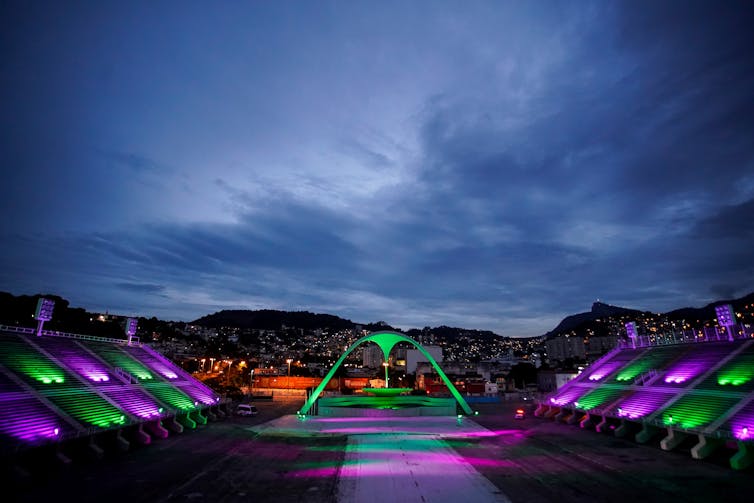

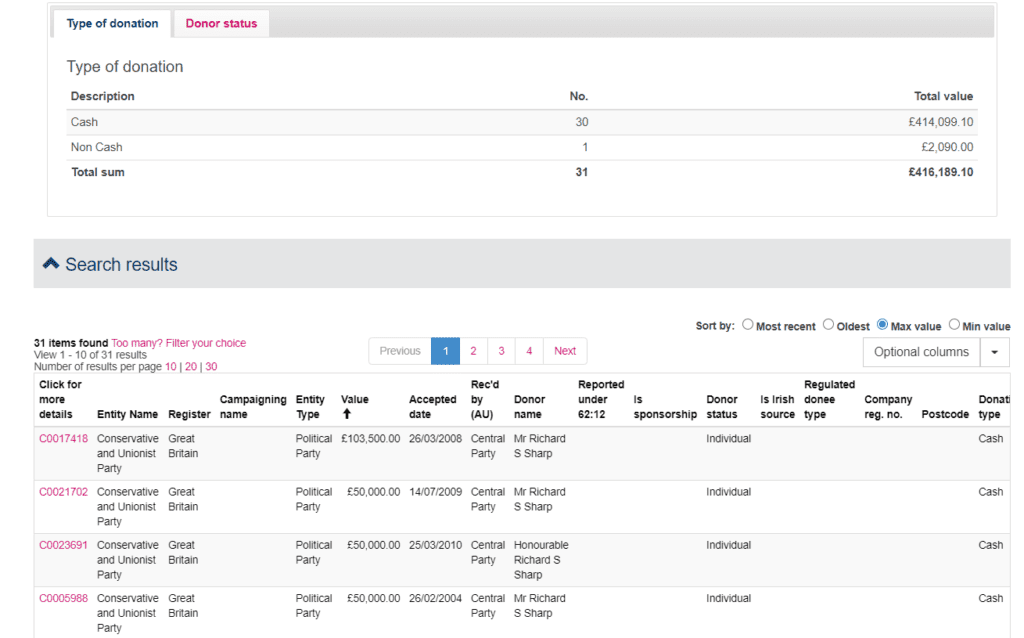 BC
BC



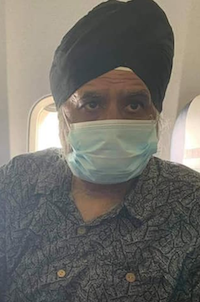

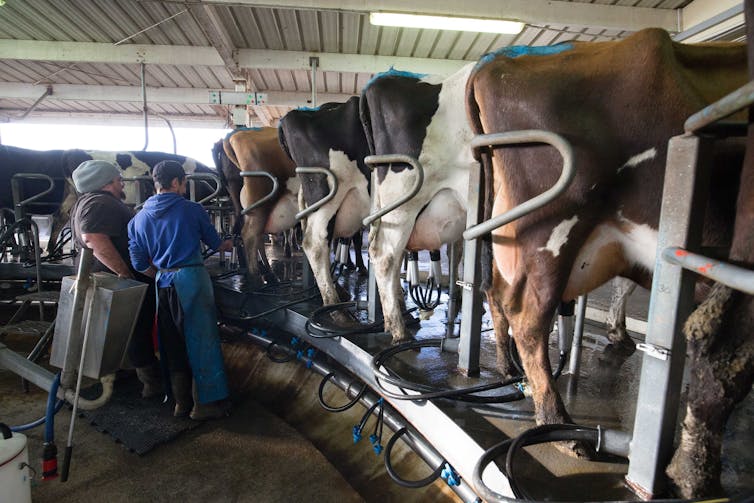
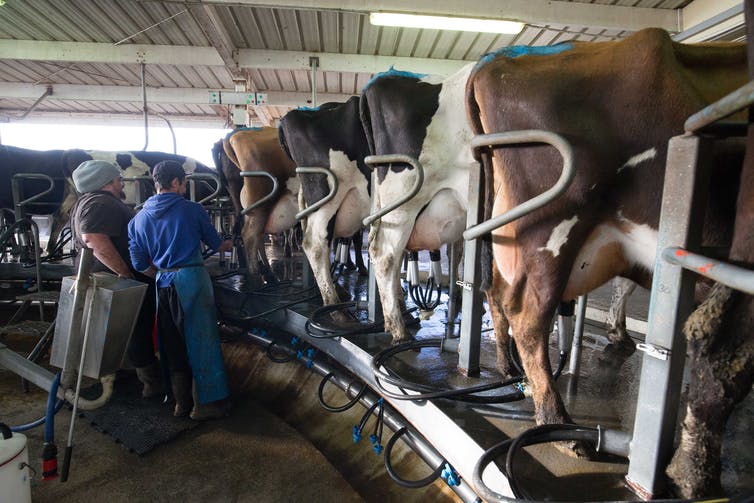 Emissions from farm animals account for more than 80% of New Zealand’s methane emissions. Image: Brendon O’Hagan/Bloomberg via Getty Images
Emissions from farm animals account for more than 80% of New Zealand’s methane emissions. Image: Brendon O’Hagan/Bloomberg via Getty Images (@Ashwsbreal)
(@Ashwsbreal)